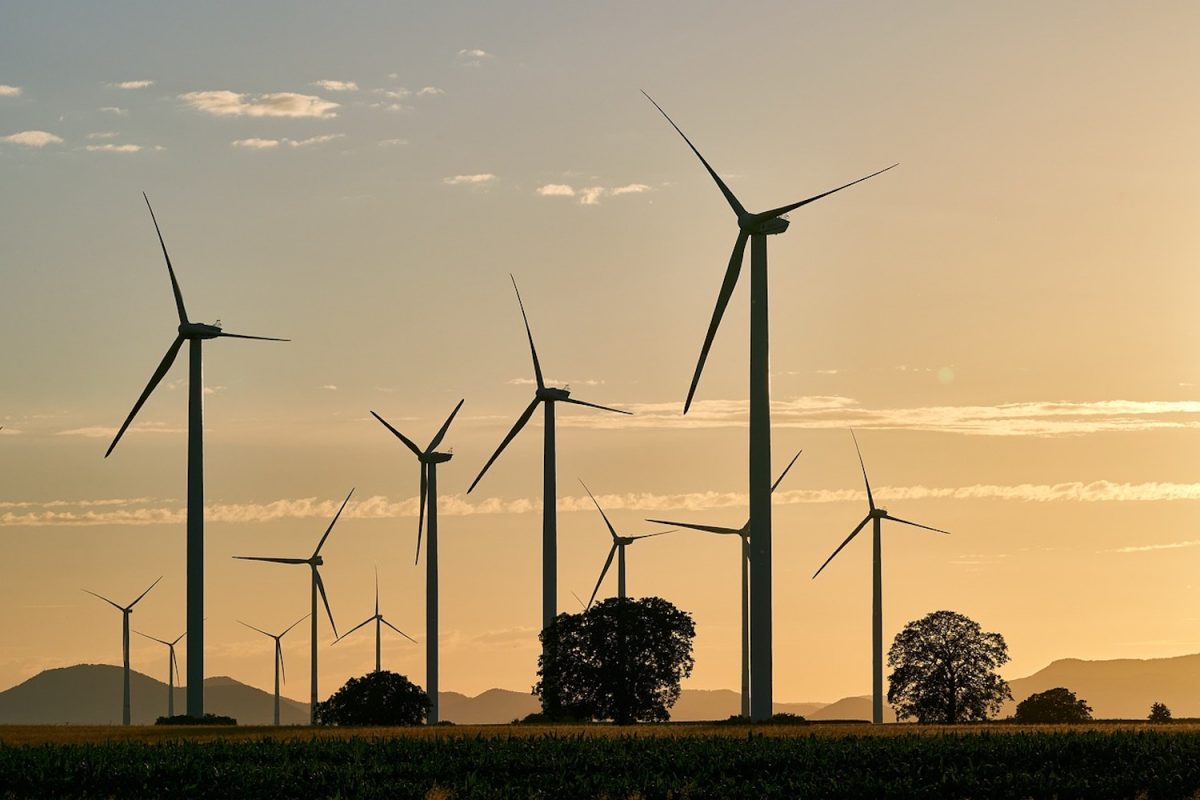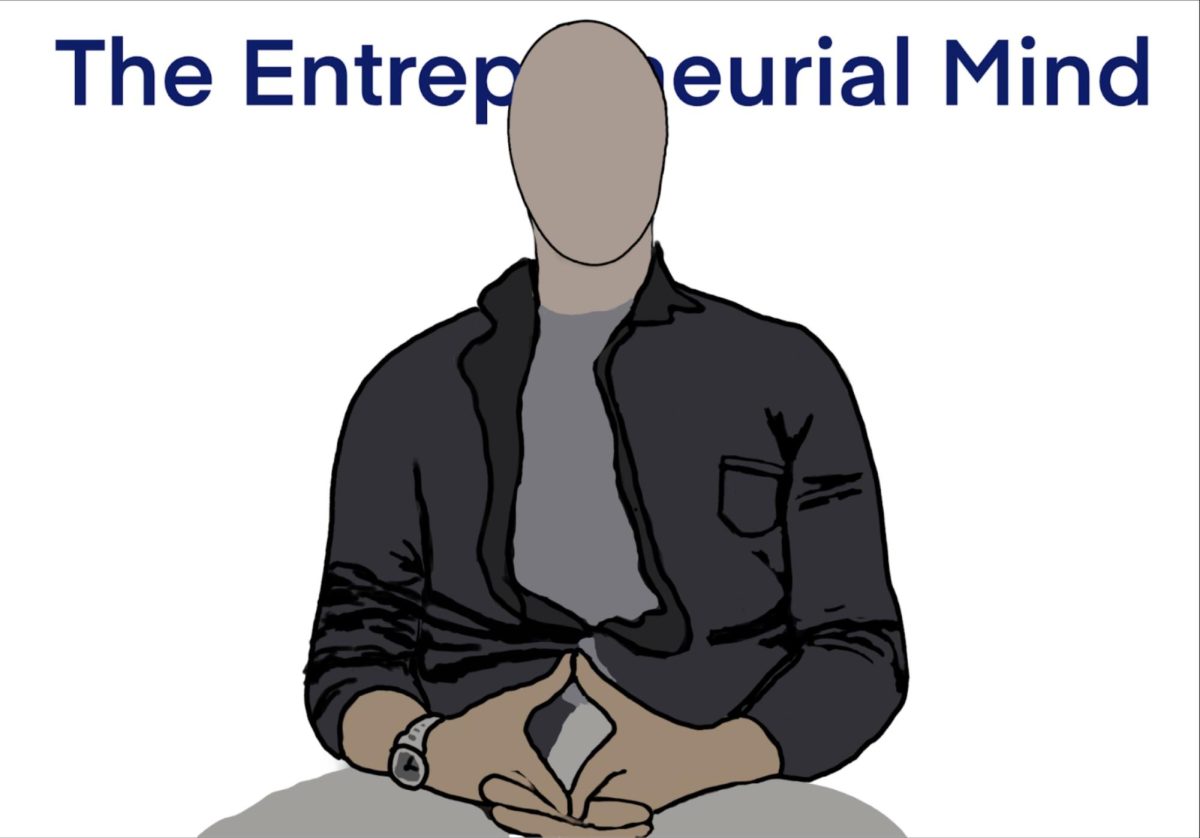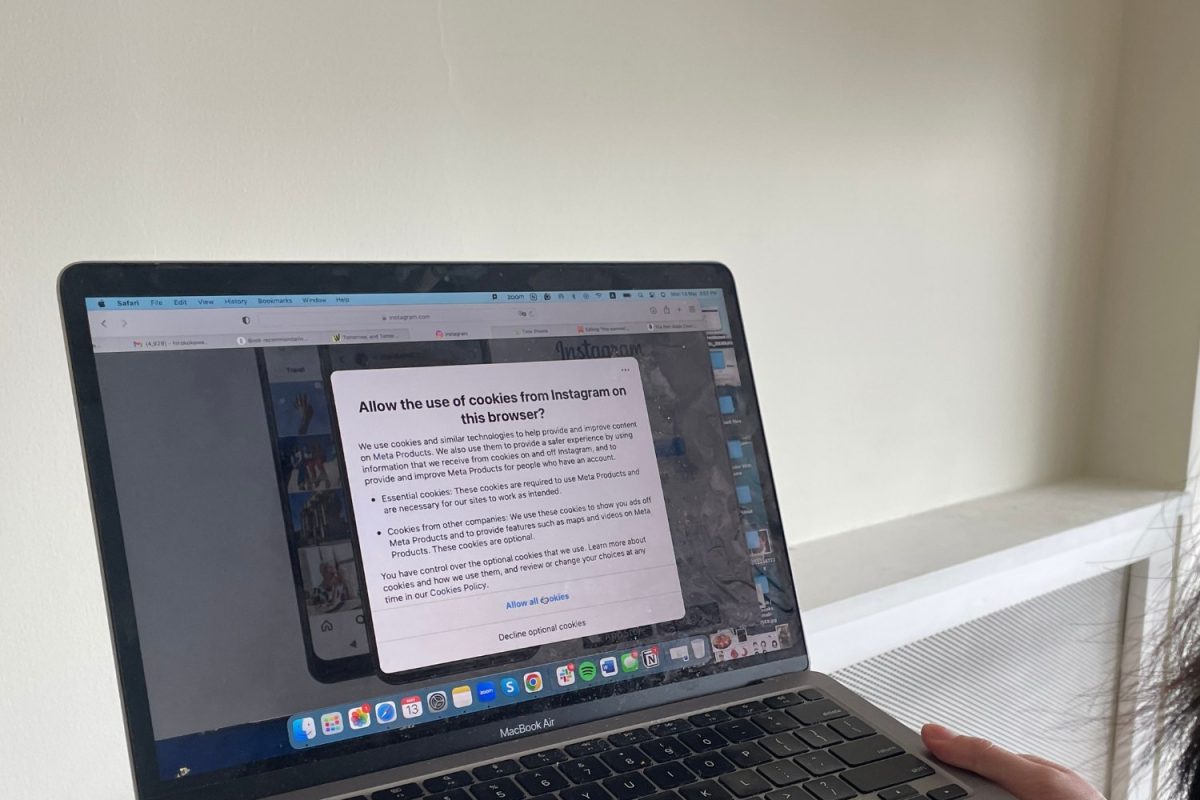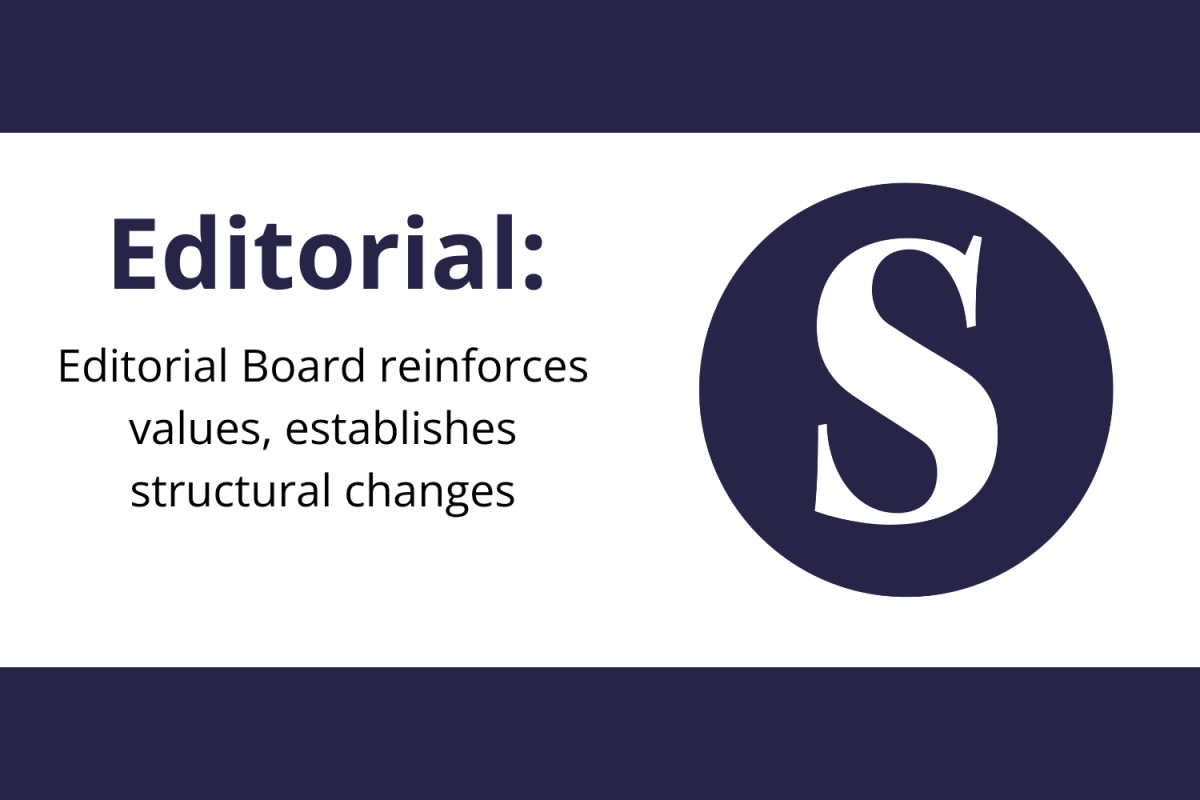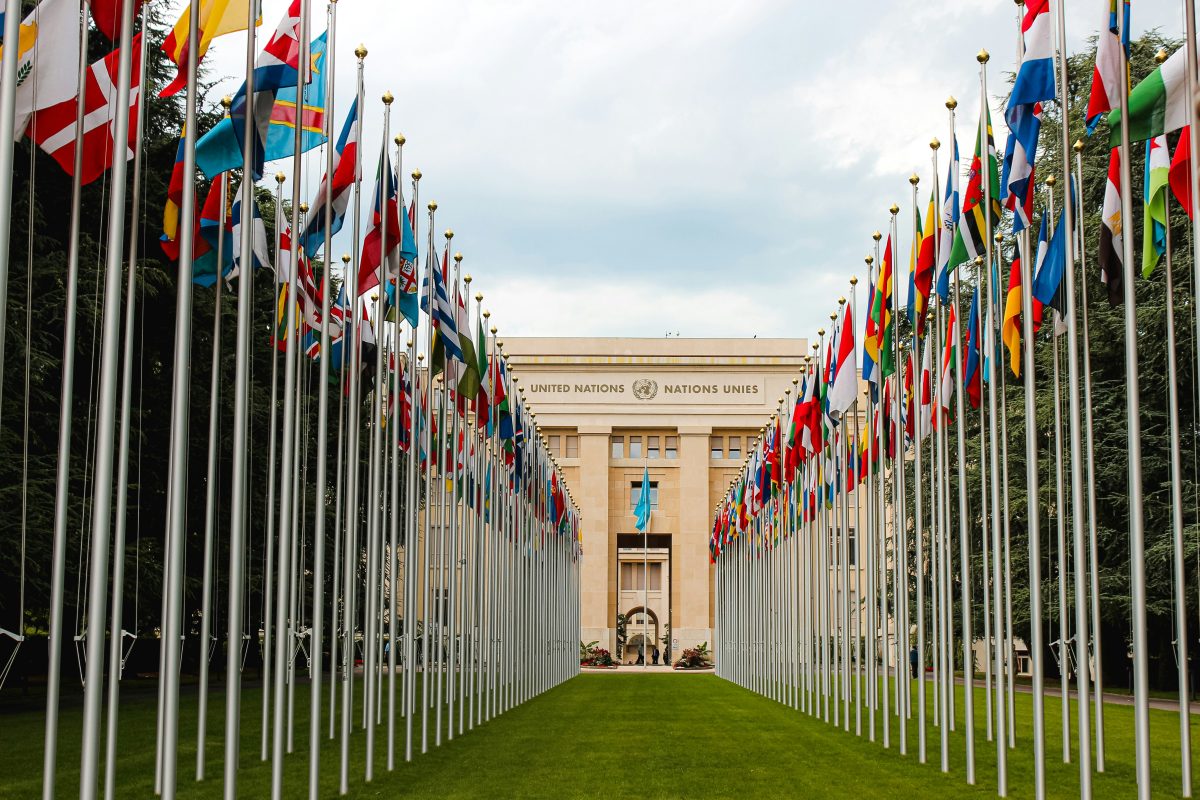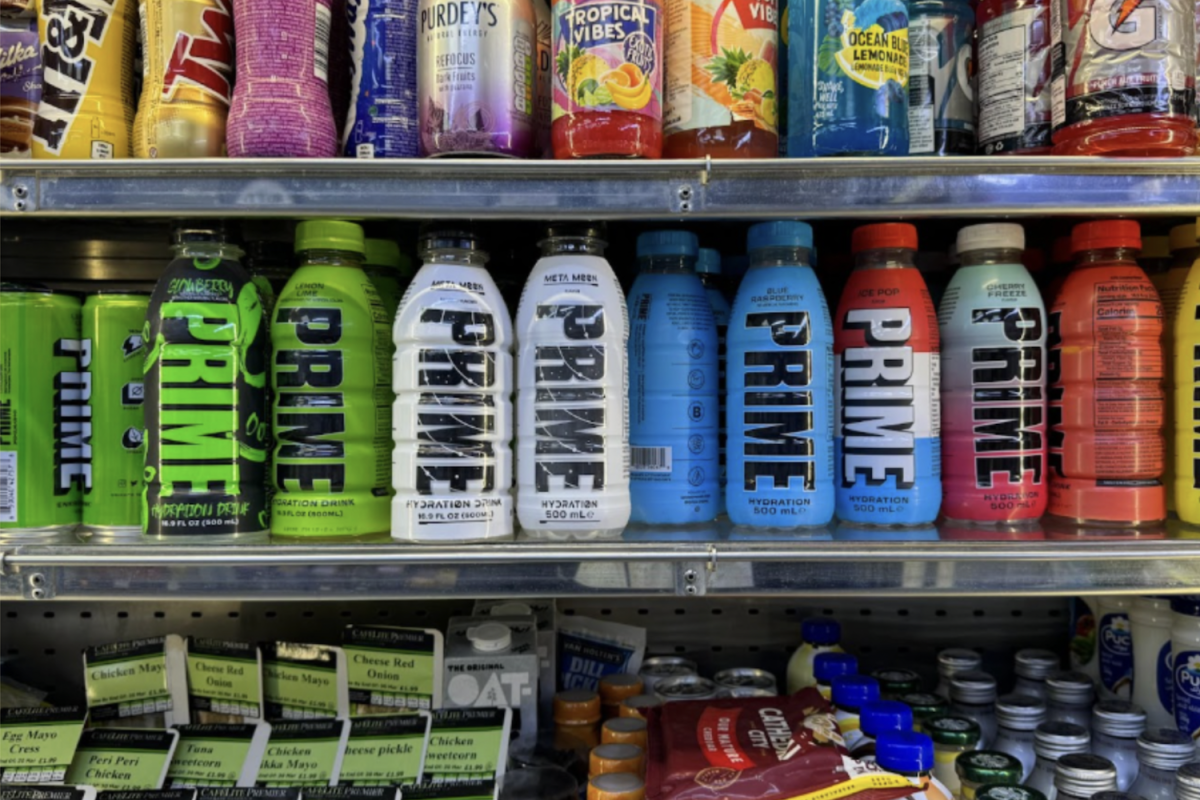No – Nikolay Silva
When I first walk into a convenience store, the first thing that catches my eye is the large display of colorful energy drinks. This was also the case even when I was younger. Additionally, when I scroll on social media apps such as YouTube and TikTok, I see some of the most popular influencers, whose target audiences are children and teens, advertising these energy drinks, most notably from PRIME.
PRIME is an energy drink brand created by YouTubers Logan Paul and KSI that has been advertised by other popular YouTubers like Sidemen and Mr. Beast. Combined, these influencers have over 300 million followers. Moreover, the packaging of PRIME energy drinks display vibrant colors and big, cartoon-like letters that particularly appeal to young kids, according to the National Library of Medicine.
Advertising to children wouldn’t be a large problem if PRIME sold regular soda. However, PRIME only markets energy drinks. According to NBC News, PRIME drinks contain 200 milligrams of caffeine — the equivalent of approximately two cups of coffee or six cans of Coca-Cola.
PRIME, as well as other energy drinks, should not market their products to children as young bodies can’t handle such high levels of caffeine. According to Bupa, when children consume high levels of caffeine, issues such as insomnia and maintaining attention due to hyperactivity arise. Furthermore, children’s bodies are significantly smaller than adult bodies, thus, they are more likely to have heart problems from consuming too much coffee, according to the University of Nevada. As a result, caffeine disproportionately affects people with lower body weights — usually kids. Therefore, energy drinks are not suitable for developing bodies.
In addition, there are health concerns regarding the quantity of sugar in energy drinks. According to Action on Sugar, in a 500 millimeter serving, energy drinks contain up to 20 teaspoons of sugar, which is above triple the maximum daily intake of free sugars — sugars in any form — one should consume in a day. Kids who consume too much sugar may unintentionally gain weight, have cavities, and increase their risk of developing type 2 diabetes. Similarly, consuming energy drinks at a young age can instill unhealthy habits. When children constantly consume large quantities of caffeine, they become dependent on it early on, according to Healthline. If they rely on energy drinks to fuel their bodies, they risk becoming vulnerable to other addictions like smoking and drinking, according to Mayo Clinic.
By marketing energy drinks like PRIME to children, companies are prioritizing profit over the well-being of our youth and perpetuating unhealthy habits.
While implementing an age restriction on energy drinks may seem like an effective solution, they are clearly unsuccessful when it comes to vapes. Only people over the age of 18 are legally allowed to purchase vapes in the U.K., yet, across the country, underaged kids are able to easily get their hands on them. According to Action on Smoking and Health, 20.5% of children — defined by the survey as 11-17 year olds — in the U.K. had tried vaping, and 7.6% of children in the U.K. vape regularly. This demonstrates that implementing age restrictions may not be as effective as they seem, which would likely be the case if this were to happen with energy drinks. Therefore, these brands shouldn’t target children in their marketing in order to stop the problem of children consuming energy drinks at the source.
While PRIME is not the only energy drink brand targeting a young audience through their advertisements despite the negative health effects, its founders’ large influence on social media platforms is a clear example of the immorality of marketing to vulnerable audiences for economic gain. If this apparent marketing strategy becomes more known, fewer people, including other famous YouTubers, may stop supporting their company. Ultimately, protecting our youth from the harmful impacts of energy drinks, a collective effort to challenge these pervasive marketing strategies, is required.
Yes – Alex Sawan
An abundance of new energy drinks have entered the market within recent years through influencers, big-name companies and other entrepreneurs. They are conspicuous through their interesting branding designs, whether that be large letters, interesting fonts, bright colors or a wealth of advertising across a variety of streaming platforms, drawing in customers of all ages.
Energy drinks have recently become more appealing. According to the British Dietetic Association, energy drink sales have increased in the U.K. by over 155% since 2006. As high school students enrolled in a rigorous school, many of us have a lot on our plates, causing our time to be quite limited. Consequently, we often feel fatigued, affecting our performance in both our studies and sports. So, an occasional boost from reliable energy drinks is very useful for enhancing our capability to perform in all of these different realms.
One particular energy drink currently dominating the market is PRIME, an energy drink company formed by popular influencers KSI and Logan Paul. It delivers its power through coconut water and taurine, a healthy source of amino acids used to help produce proteins in the body. According to The Guardian, the drink delivers its energy spike through 200 milligrams of caffeine per 330 milliliter can, providing the necessary boost to carry on with your day while maintaining an active mind. Now, I am not arguing that consuming an energy drink daily is beneficial for teenagers, but once in a while, when an extra boost is needed, they can truly be lifesavers.
When choosing energy drinks, sugar content is a crucial factor to consider. PRIME, a sugar-free drink with natural sweeteners, offers a better alternative compared to other beverages such as Rockstar Energy drinks, which contain a staggering 63 grams of sugar per can and 160 milligrams of caffeine, according to Eat This, Not That. By choosing brands with reduced negative impacts, you can satisfy your energy needs without compromising your health. Since these drinks are formulated to be healthier, advertising them to teenagers is reasonable and appropriate.
Moreover, the beverage industry is a large, competitive industry worth $3.56 trillion. Thus, marketing is critical to building a profitable brand that attracts a range of consumers, whether that be children or adults. Companies such as Red Bull and Monster advertise with bold logos and sponsorships such as those with the McLaren and Red Bull Formula 1 racing teams. These brand deals have proven to be extremely effective for both corporations, aiding them in consistently generating significant revenue in global markets, according to Mintel. If these companies stop marketing their products to people of all ages, they will jeopardize their success. It is unrealistic to expect companies that sell drinks to survive without a younger demographic purchasing their products, given the competitive and fast-paced world we live in.
Some argue that the bright colors used to advertise PRIME resemble those of fruit-flavored vapes, suggesting a potential connection to addiction. However, this isn’t true – it is invalid to assume that just because a product is marketed with bright colors, it leads to addiction. The intent is to capture people’s attention and attract them to the product. As teenagers, taking responsibility for our lives means making the appropriate decisions for ourselves, and a part of growing up is learning to make reasonable choices. Thus, it is our choice whether we succumb to the marketing of these big-name brands, and it is our job to know which of these beverages will benefit us the most, both in terms of their purpose and their health effects.
While consuming energy drinks in excess can be harmful to our bodies, according to the National Library of Medicine, and make us reliant on them for energy, consuming them in moderation will not have a significant impact on our health, according to Cleveland Clinic. It is up to us to research which energy drinks are suitable for our bodies and not be swayed by the marketing strategies these companies use to entice us into buying their products.





